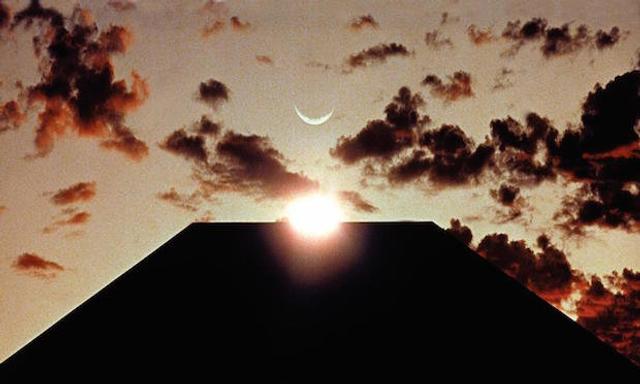With the upcoming release of Dunkirk, a lot of news has been made about Christopher Nolan cajoling a major studio into pushing Dunkirk out on 70mm.
Dunkirk will have the widest 70mm release of a film in twenty-five years, which is both an achievement for Nolan's film and confirms just how rare 70mm is. So, what is exactly 70mm and why is everyone going on about it? Most cinemas nowadays work by digital projectors where there's no reels of film, but instead off of a hard-drive or Blu-Ray. In some cases, it comes in via a secure link and only at certain times. Simply put, there's no physical film reels.
Before all this, film reels were delivered to cinemas in usually two sizes - 35mm or 70mm. 35mm was by far the more common, and chances are if you're over 30 and you were at the cinemas a child, you saw a film in 35mm. The 35mm refers to the size of the actual film-strip, which is then blown up on the screen by the projector. Obviously, the bigger the size of the film-strip, the more picture quality you get.
Hence, 70mm is considered better than 35mm because it can project more colours, more detail, more everything out onto the screen. In the days before digital projectors, 70mm was sort of like the equivalent of IMAX. You only ever saw the major blockbusters printed out on the format. Films like Lawrence of Arabia, My Fair Lady and 2001: A Space Odyssey were shot using 70mm cameras and then the prints were made using 70mm film.
As well as being extremely difficult to ship because of the immense size of the film reels, 70mm film also required special projectors for the cinemas which were extremely costly to maintain - so much so, in fact, that even back then when film projectors were used, 70mm projectors were only used on specific occasions and at the studio or filmmaker's specific request.
Anyway, as you'd expect, the introduction of video and the internet meant that cinema chains had to cut costs and using DCPs - that's the format that almost all cinemas use to project films digitally - was the way to do it. 70mm projectors were either dismantled, left to rust or just dumped from wear and tear. In Ireland, only one 70mm projector remains in use, and it's at the Irish Film Institute.
So, why are the likes of Christopher Nolan and Quentin Tarantino trying to bring it back? It's not just for nostalgia reasons, of course, but it definitely does play a big part in it. The likes of Kenneth Branagh, Nolan and other directors argue that 70mm gives the film a unique property, and makes it look more authentic and colourful than digital IMAX and the like.
For the average cinemagoer, it's sort of hard to explain it. It's sort of like listening to a vinyl and then listening to the song on MP3 or FLAC. You know that the sound is clearer and more pristine, but the vinyl recording has a texture and vibrancy that can't be generated by a computer. It's the same with 70mm versus IMAX. There is a clear-cut difference between the two, and you know which one looks and sounds better, but one of them has a richness that the other simply doesn't - and when you see a film on 70mm, you'll know what we're talking about.










































































